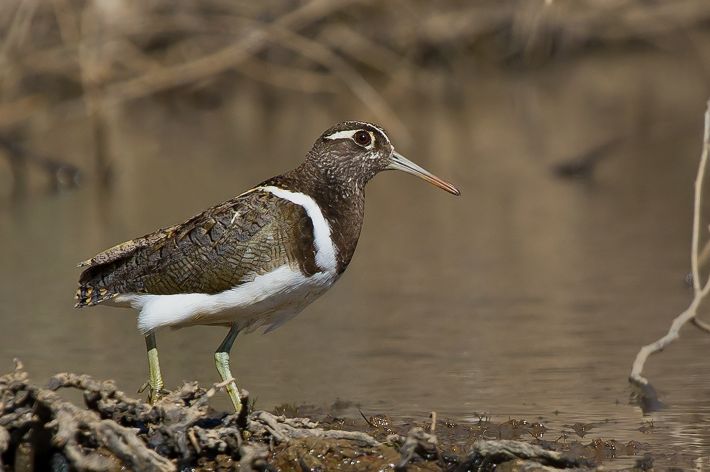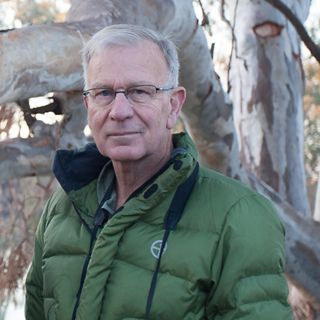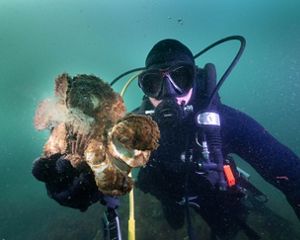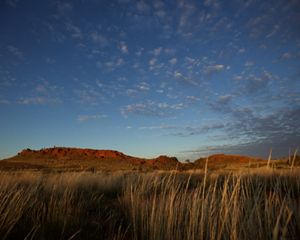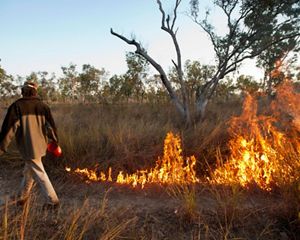Exploring Gayini - Nari Nari Country
TNC manages for conservation, sustainable agriculture and Indigenous heritage.
Gayini is a vast 217,000 acre (87,816-hectare) property in southwest New South Wales, managed by the Nari Nari Tribal Council. It demonstrates how we can provide food and water for people while protecting wildlife and respecting the rights of Traditional Custodians.
A checkered history
This part of Australia has been the homeland of the Nari Nari people for 50,000 years. As was the case in many parts of Australia, following European settlement, the land was taken from Indigenous people and developed for agriculture. Channels and other infrastructure were installed across the region to harvest and distribute flood waters from the rivers for crops and livestock.
In 2013, as part of the implementation of the Murray-Darling Basin Plan, the New South Wales and Australian Governments purchased 19 separate properties and their water extraction rights in the Lower Murrumbidgee Valley. The conglomerated super property became known as Nimmie-Caira (now referred to as Gayini—the Nari Nari word for water).
In 2017, the NSW government called on interested parties to submit proposals for the ongoing management of Gayini. In May 2018, a consortium led by The Nature Conservancy was announced as the successful proponent and took over management of Gayini. The other members of the consortium were the Nari Nari Tribal Council, the Murray Darling Wetlands Working Group and the Centre for Ecosystem Science at the University of NSW.
In late 2019, TNC facilitated the legal transfer of ownership of Gayini to the Nari Nari Tribal Council thanks to funding from the Indigenous Land and Sea Corporation, the Wyss Campaign for Nature and others.

Gayini back in Nari Nari hands
After 150 years of dispossession, today the Nari Nari people legally own Gayini, as they have spiritually for 50,000 years.
An abundance of wildlife
Gayini is part of the Lowbidgee floodplain, an area of national and international conservation significance. It supports many native birds, including threatened species like the Australasian Bittern and Australian Painted-snipe. The critically endangered Plains-wanderer is also found here.
Birds of Gayini Nimmie-Caira
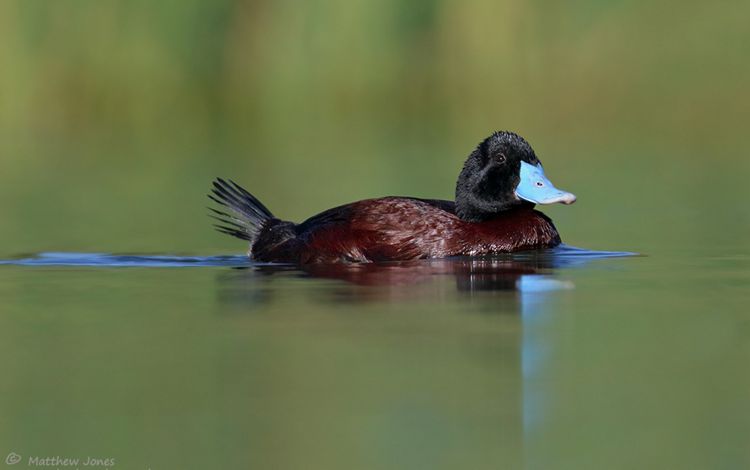
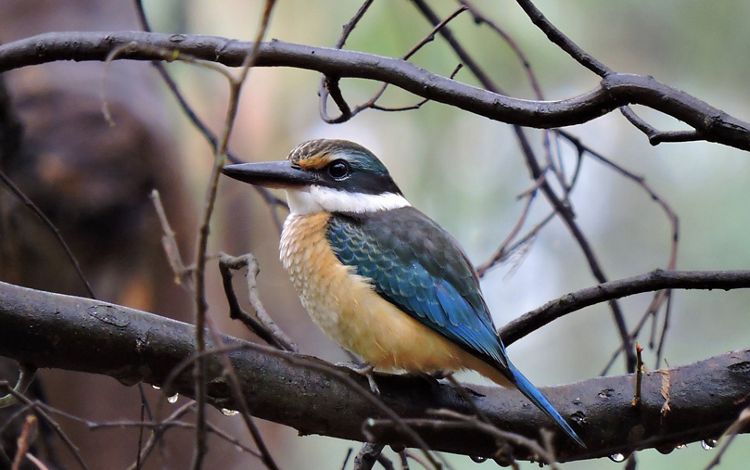
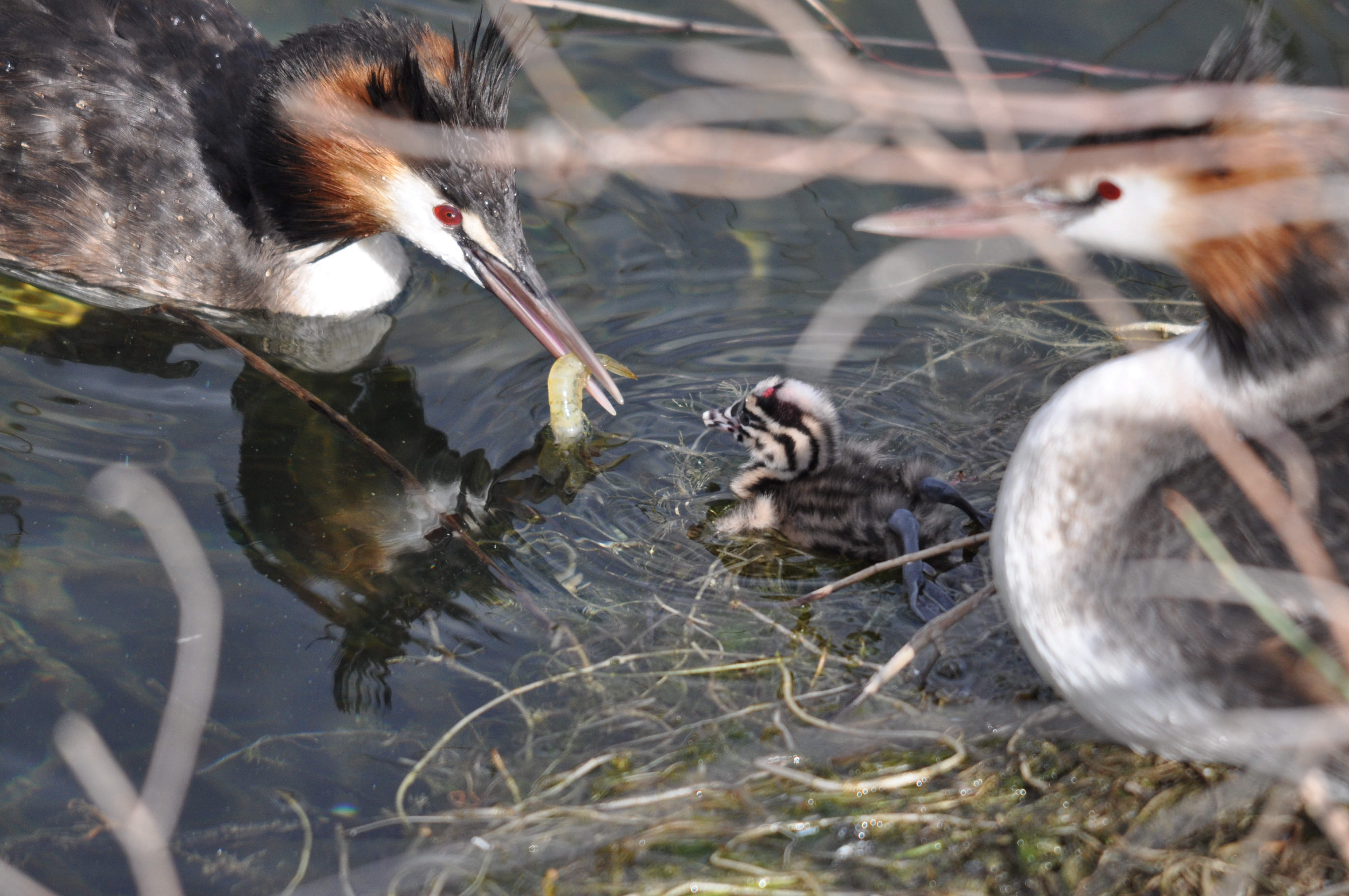
A side profile image of an Australian Painted-Snipe standing on a river bank
While around half of the property was previously used for cropping and grazing over the last 150 years, the majority of it remains covered with significant native vegetation in good or recovering condition.
Gayini’s management plan permanently protects these habitats for the wealth of species that rely on them for their survival.
Aboriginal people reconnecting to Country
The entire Gayini area is a rich cultural landscape that has supported Aboriginal people for 50,000 years. The property is home to a wealth of Indigenous cultural features from sacred canoe scar trees to ancient burial mounds and camp sites.
For thousands of years the First Australians in this area made interventions to boost the productivity of their Country—enhancing fish and bird stocks, and vegetation growth. Once more in possession of their land, Nari Nari people are caring for it using a combination of traditional and modern techniques to improve its productivity and enhance its values.

Nari Nari
“Our people managed this area for 50,000 years and left their footprints on the Country. Now it’s our turn to protect, maintain and enhance our culture and Country and leave our footprints once again.”
Sustainable Agriculture
Managing a property for conservation as vast as Gayini, after many decades of agricultural use, is an expensive business. To fund this work, Nari Nari owners are demonstrating exemplary food production in balance with nature, through responsible low-impact grazing and, when appropriate, opportunistic cropping.
Gayini Gallery - People and Country











Strong support for Gayini
We have received outstanding support for the new management regime at Gayini including a foundational gift from John B. Fairfax AO to establish the John B. Fairfax Conservation Fellowship.
The transfer of ownership of Gayini to the Nari Nari Tribal Council in late 2019, was made possible thanks to the generous support of the Wyss Campaign for Nature, the Indigenous Land and Sea Corporation and supporters like you.
Stay in Touch
Get the latest updates on our work. Learn about how we are conserving Australia’s lands and waters through project updates and receive other great information.



